1/2 Reichstaler 1621,
under Wilhelm V of Hesse-Kassel as administrator.
Condition: ef+
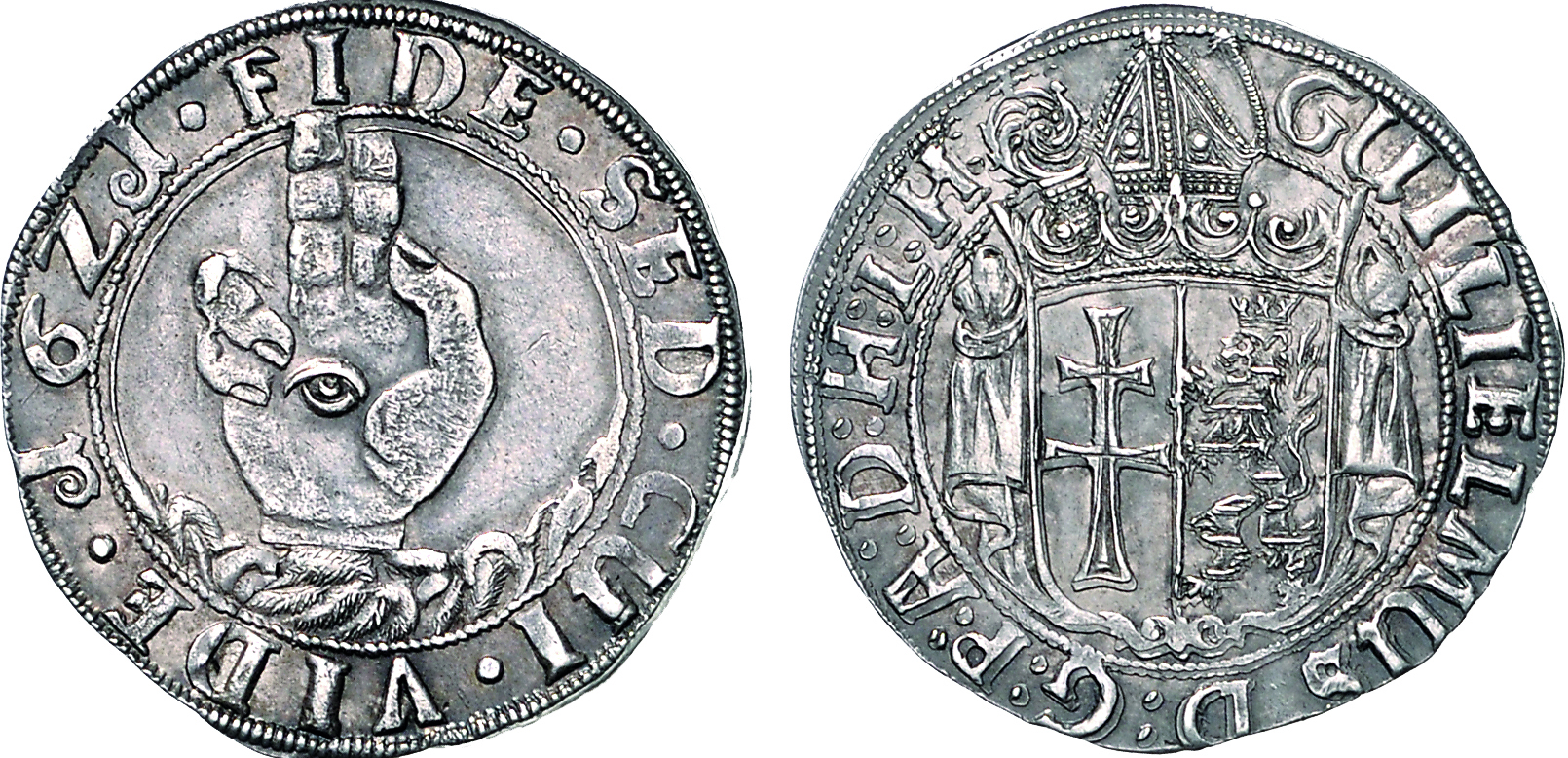

city of Besançon,
3 Pistols 1666 with title Charles V.
Condition: CH UNC
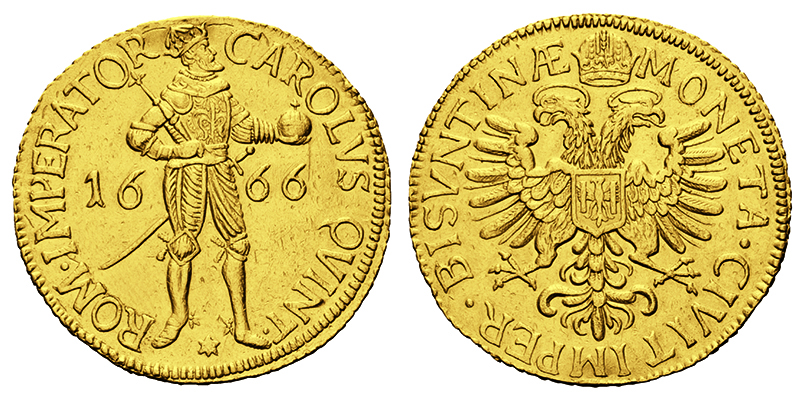
Bavaria, Chaise d'or (imperial shield)
1328-1347 under Emperor Louis IV.
Condition: ef

Reichstaler 1654-1668
under Count Guidobald von Thun.
Condition: vf-ef
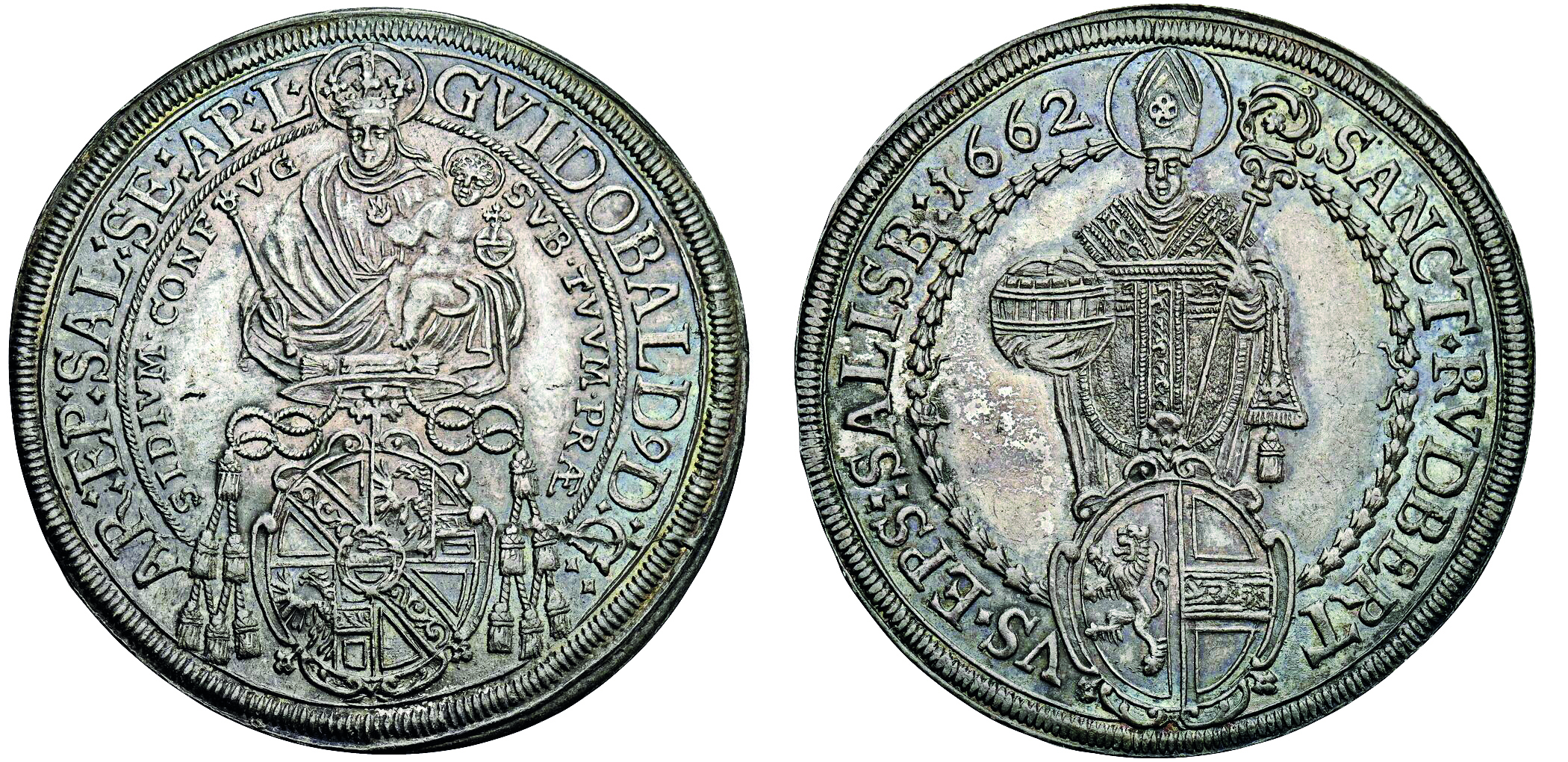
Solidus (491-518)
under Anastasius the righteous.
Condition: vf-ef

Archive: People and Markets
Greek Museums Between Commercialisation and Modernisation
Five of Greece’s most important museums are to become more autonomous and operate independently of state funding. A bill of the Greek government to this effect has been hotly debated and led to strikes.
Friedrich Popken (1940-2024)
On 27 July 2024, Friedrich Popken passed away at the age of 84. As well as being a well-known entrepreneur, he was also a highly esteemed coin collector who supported and promoted many numismatic projects. An obituary by Fritz Rudolf Künker.
Archive: Coins, Medals and more

Women on Commemorative Coins: A Long Road to True Equality
Every year, International Women’s Day is celebrated on 8 March—and this week, numismatists also have a reason to celebrate. On 6 March, a German 20-euro coin was issued to mark the 50th anniversary of the International Women’s Year. This coin marks the beginning of a new German commemorative coin series under the theme "Influential Women". But does this mean that women have finally secured their place in the world of numismatics?

In Search of the Big Five
The Big Five – they are the stars on South Africa's commemorative coins. We visit the elephant, lion, rhino, buffalo, and leopard in their most famous reserve, the Kruger National Park. Let's see how many of the iconic five we can capture (with the camera).







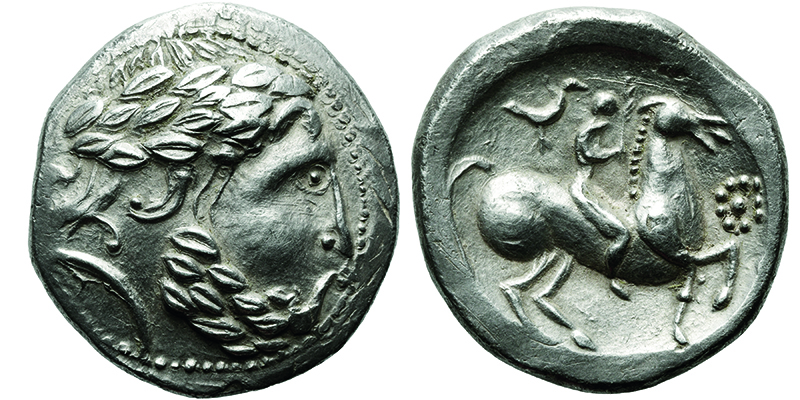

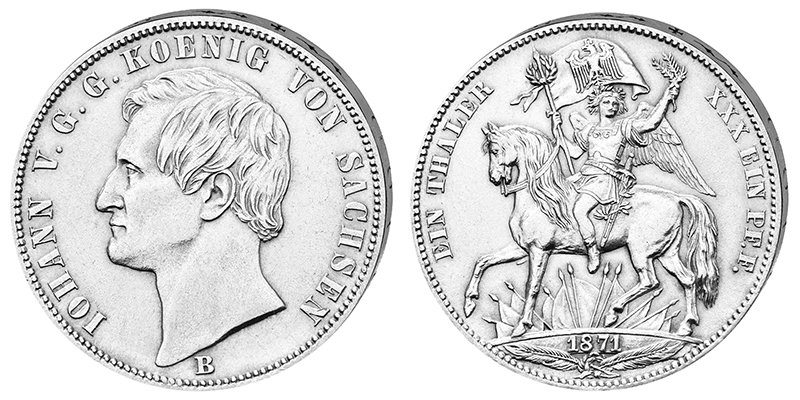
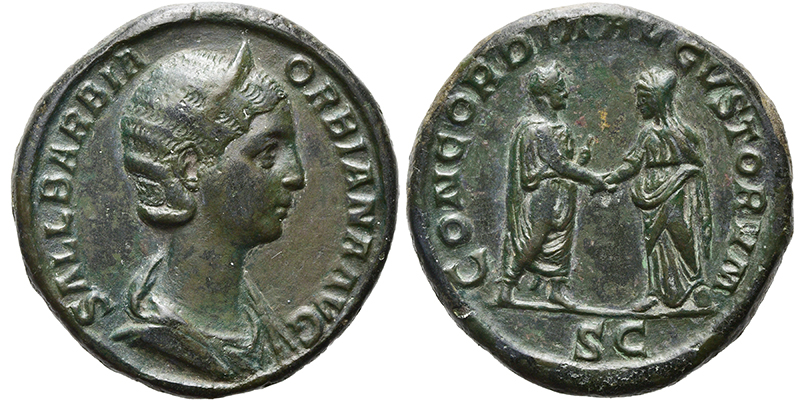

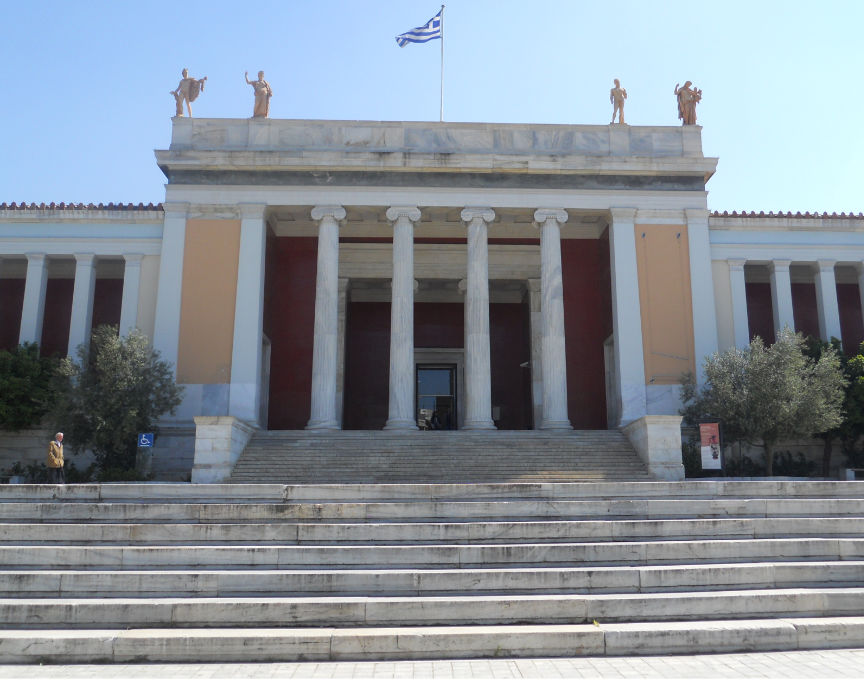
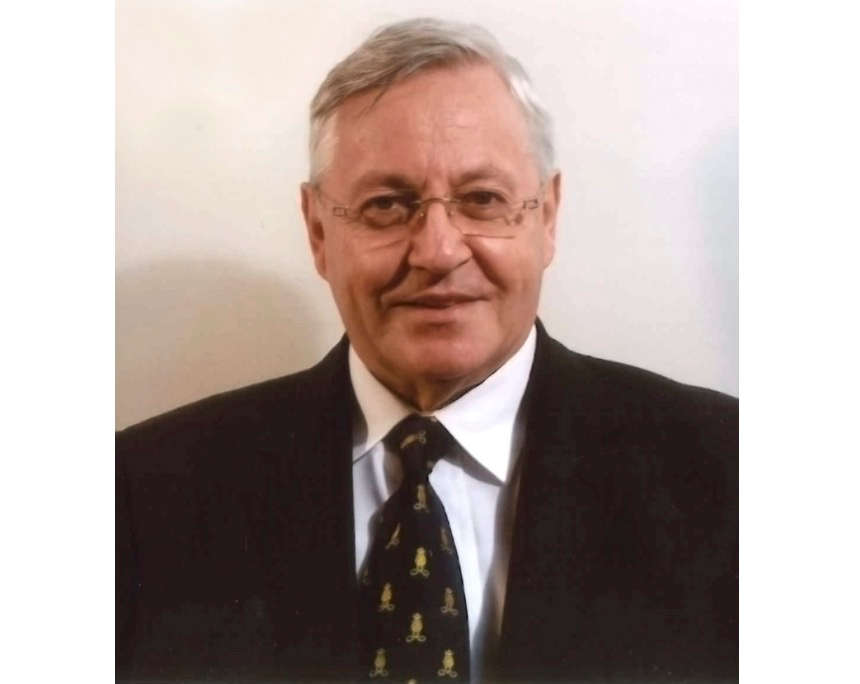

Two-Euro Ticker: New 2-Euro Coins in October 2024
As 2024 draws to a close for 2-euro collectors, 29 of the 35 planned coins have already been released. Last month, another surprise emerged from a Euro country.
How the Romans Made Counterfeits
Counterfeits have been around in ancient Roman times, too – usually, they were cast from a copper-tin alloy. Researchers at the University of Tübingen examined the counterfeiting process and reconstructed it experimentally. A video documents their experiment.